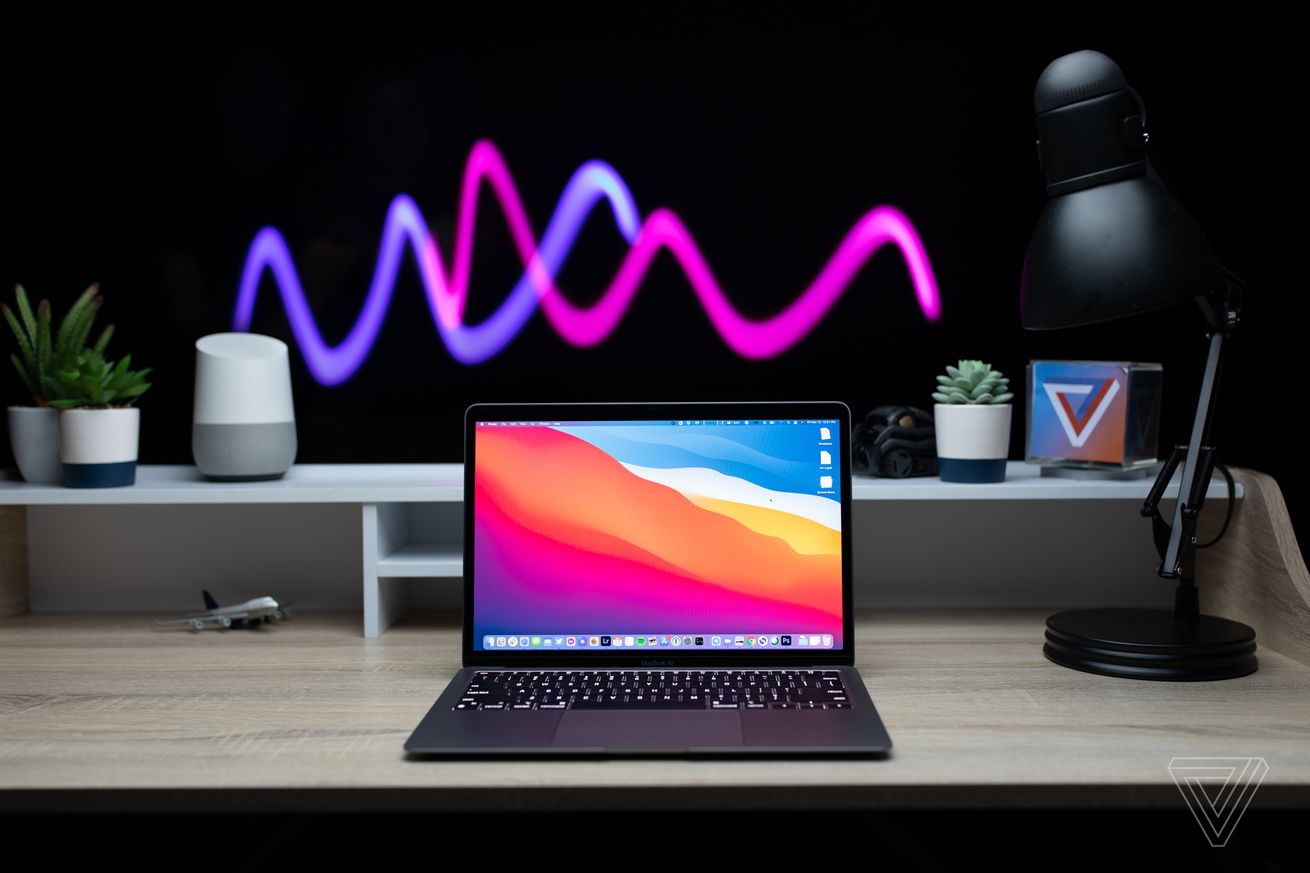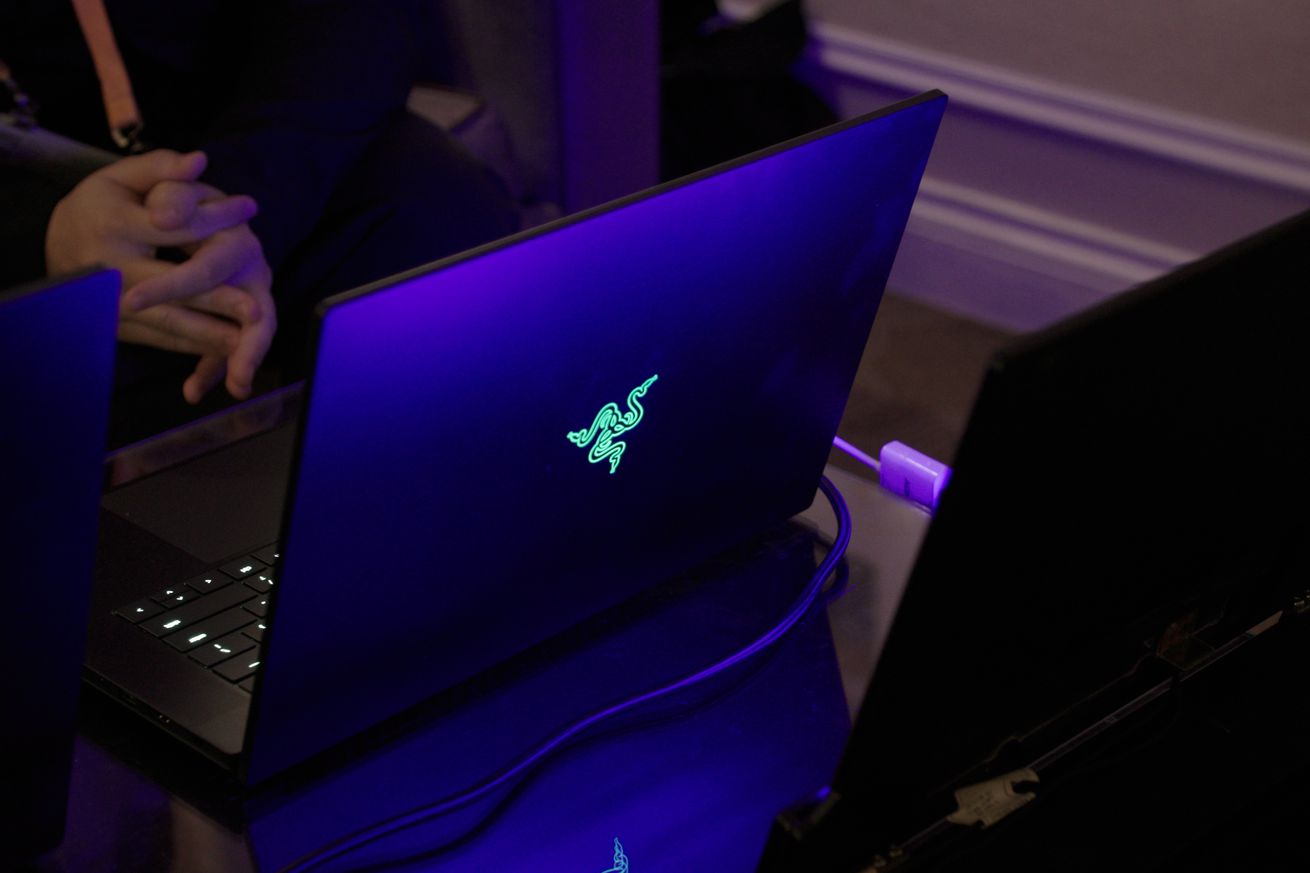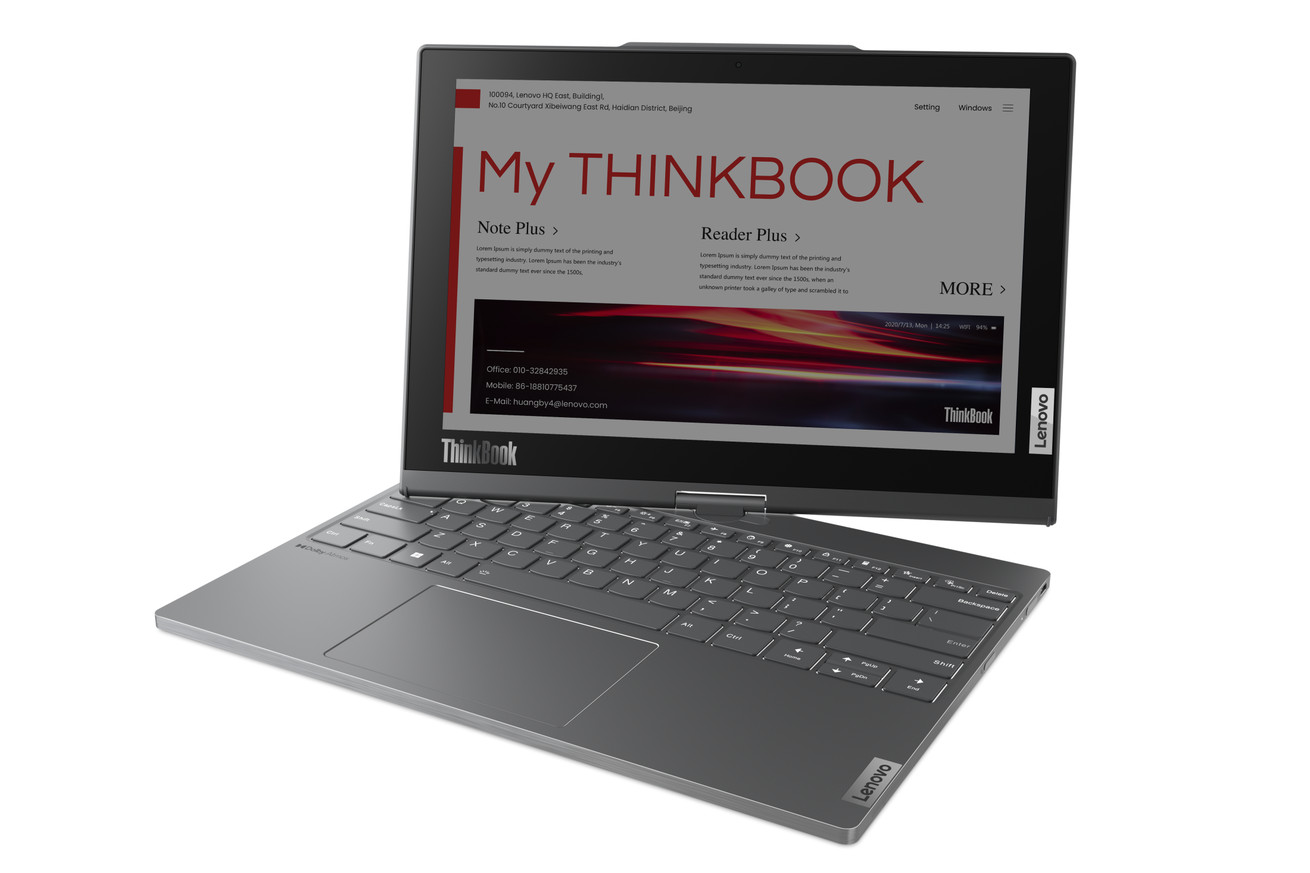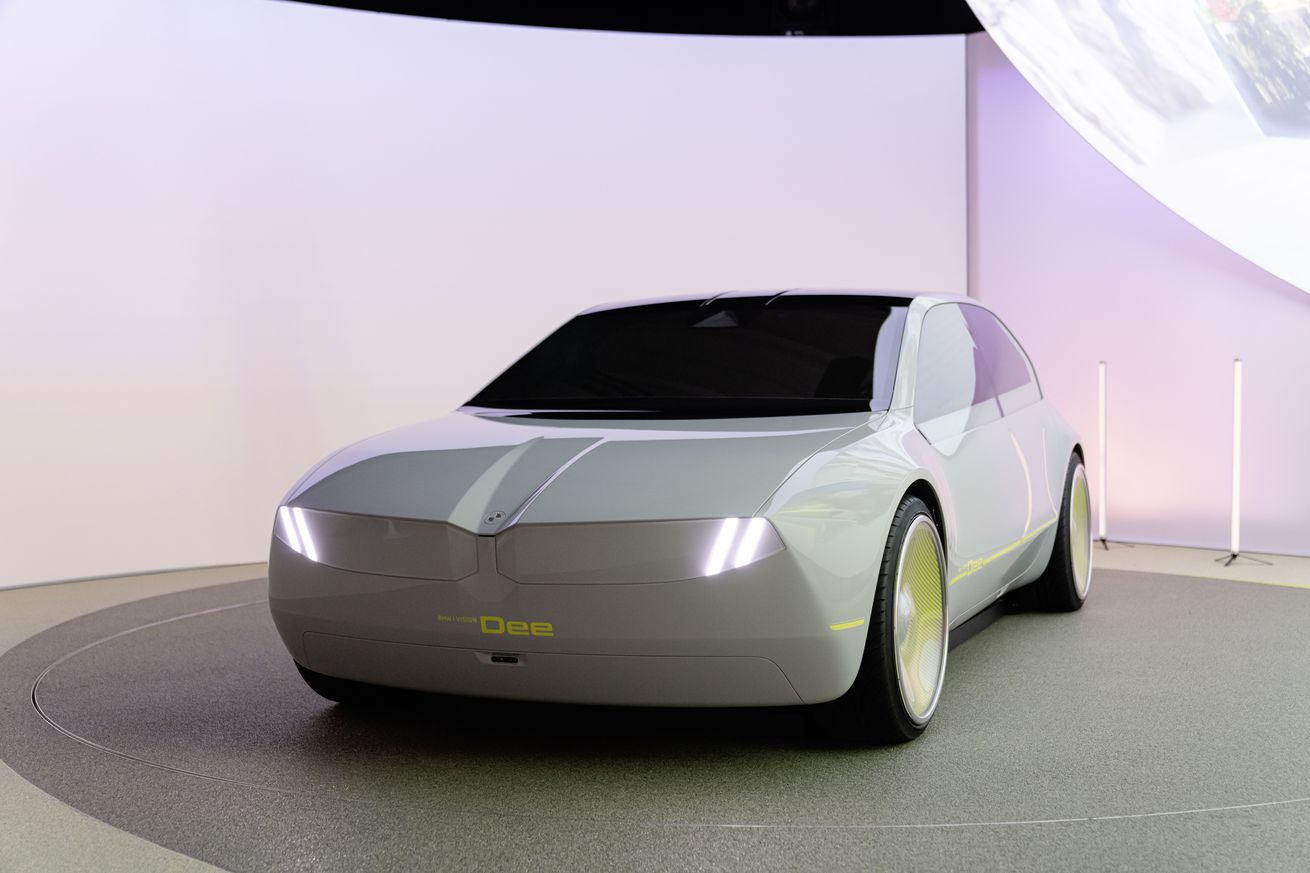
If you want a great laptop, you’re going to have to fork over a ton of money, right? Not necessarily. There are dozens of good laptops on the market at various price points. However, it can feel overwhelming to find the right one for your needs (some are better suited for, say, college students, whereas others are ideal for gamers).
That’s why we’ve come up with this list of some of the best laptop deals available right now. In addition to the latest discounts, we’ll share each discounted model’s best features (and downsides) to give you more clarity during your shopping journey. And if you need to do more research, you can also check out our guides to the best laptops on the market and the top cheap laptops as well.
The best laptop deals
Apple deals
Macbook Air (M2 model)
We consider the newest MacBook Air with Apple’s M2 processor to be the best laptop for most people, one that offers all-day battery life and a combination of features that should more than suffice for the average user. Plus, Apple’s new MacBook is powerful enough that it can even handle some light gaming and even demanding photo and video editing apps like Photoshop and Adobe Premiere. It’s also faster than its predecessor thanks to Apple’s new M2 chip and offers a 1080p webcam, which is a welcome improvement given the disappointing camera on the 2020 M1 model. It’s much lighter and thus more portable as well, yet it retains features like MagSafe charging and Touch ID, as well as a nice display.
While a terrific laptop overall, there is one key area where Apple’s M1 model is better: storage. The base M2 MacBook Air with 256GB of storage is actually slower than its predecessor because it’s stored in a single NAND chip. Also, be aware as well that port selection isn’t great, and the included display notch — which is also found on both the 14- and 16-inch MacBook Pros — can make using the menu bar more challenging.
If that doesn’t bother you, however, we’re currently seeing a good discount on the M2- powered MacBook Air. Now through January 22nd, Costco is selling the laptop in select colors with 8GB of RAM, 256GB of storage, an eight-core CPU and GPU, and a 30W power brick for $999.99 ($150 off), though this deal is available to members only. If you’re not a member, you can either pay a five percent surcharge (so $57.50 extra) or buy the same model from B&H Photo for $1,149 ($50 off). B&H is also selling the same configuration in silver with a 10-core GPU for $1,199 ($100 off), or you can buy the silver model at Adorama with an eight-core CPU, 10-core GPU, 8GB of RAM, 512GB of storage, and a 30W power brick starting at $1,349 ($150 off).
MacBook Air (M1 model)
For a cheaper alternative to our favorite laptop for most, look to the base MacBook Air with the M1 chip, which is the best cheap laptop. Like its successor, it offers everything you need. It’s also faster than most Windows laptops at this price point, and handles demanding photo and video editing apps like Photoshop and Adobe Premiere with finesse, especially compared to its Intel-powered predecessors. Thankfully, all that power doesn’t come at the cost of battery life either. While not as good as the M2 model’s, we found that it lasted between eight and ten hours — even when we played the game Shadow of the Tomb Raider.
In addition to offering excellent performance, the laptop also comes with other nice-to-have features, including a comfortable keyboard and an excellent trackpad. Just note its 720p webcam isn’t particularly good, so if a high-resolution webcam matters a lot to you, you may want to buy one separately. Also, be aware that, due to the limitations of the M1 chip, you can only use one external display at a time and port selection is also limited.
Right now, you can buy the M1-powered MacBook Air with 8GB of RAM and 256GB of storage in select colors at Amazon, B&H Photo, and Adorama for $899 ($100 off).
13-inch MacBook Pro (M2 model)
At the moment, the MacBook Pro lineup consists of the newer 14- and 16-inch models released in late 2021 and the 13-inch MacBook Pro that just saw a revision with the M2 processor in mid-2022.
The new 13-inch MacBook Pro is similar to the M2 MacBook Air but geared toward more demanding use cases. It’s equipped with an M2 processor, unlike its predecessor, but still offers a fan and excellent performance that slightly outshines the M2 Air. Its battery — which we struggled to drain — remains one of its more impressive features, one that allows for up to 18 hours of usage on a single charge. Unfortunately, the laptop still suffers from the same outdated design (and Touch Bar) from 2016, as well as a mediocre, 720p webcam. Plus, there’s no MagSafe charging and you only get a pair of USB-C ports.
Regularly $1,299, the 256GB M2-equipped MacBook Pro with an eight-core CPU and 10-core GPU is on sale at Amazon, B&H Photo, and Best Buy for $1,149 ($150 off). The 512GB is also marked down by $150 and selling for around $1,349 at Amazon and Best Buy.
14-inch and 16-inch MacBook Pro (M1 Pro models)
On the other hand, the new 14- and 16-inch MacBook Pros are equipped with faster M1 Pro processors, and you can go up to an M1 Max CPU if you’d like to spend more money for even faster performance. They offer a nice selection of ports as well, including multiple Thunderbolt 4 ports and a MagSafe power connector. No matter what you get, these laptops boast incredible performance with some of the longest-lasting batteries we’ve tested yet.
Right now, the 14-inch model with 16GB of RAM and 512GB of storage is on sale for $1,599 ($400 off) in silver at Best Buy. You can also buy the M1 Pro model with 1TB of storage for $2,099 instead of $2,499 at Best Buy and Amazon. If you prefer the 16-inch model, you can get it with 16GB of RAM and a 512GB SSD for the same price ($400 off) at Amazon and Best Buy.
Lenovo deals
Lenovo Yoga 9i
Lenovo’s 14-inch Yoga 9i is our favorite laptop for multimedia entertainment. The convertible is equipped with fantastic speakers that deliver the best sound we’ve ever heard for a laptop this size. It also has an excellent 1080p touchscreen and other perks, including a built-in stylus and a battery life that will last all day. Just note, however, that it does come with bloatware that can be challenging to uninstall, and we found the 16:9 screen relatively cramped and dim.
At the moment, Lenovo is taking hundreds of dollars off various configurations of the Yoga 9i. Right now, for instance, you can get the model with 8GB of RAM, 512GB of storage, and an Intel Core i7 processor for $1,354.99 instead of $1,699.99 from Lenovo. Lenovo is also throwing in a three-month subscription to Xbox Game Pass with each purchase.
Lenovo ThinkPad X1 Nano
Lenovo ThinkPad X1 Nano is the lightest ThinkPad you can currently buy from Lenovo, yet it still offers great performance in a light package. With its exceptional build quality, along with business-targeted security and management features, we think it’s particularly ideal for business travel. Other features we liked include its 16:10 display and the physical privacy shutter for its webcam, although we wished there were more ports and the battery life was less than average.
Right now, Lenovo is selling the ThinkPad X1 Nano for $1,309.50 instead of $2,619 when you use promo code BYOTHINKP2023 and buy the model with 16GB of RAM, 256GB of storage, and an Intel Core i5 processor.
Asus deals
Asus ROG Zephyrus G14
Asus’ entry-level ROG Zephyrus G14 is currently our favorite laptop for gaming on the go. It’s powerful yet it also boasts all-day battery life, which is unusual for a gaming laptop. It also features a solid webcam and a bright, 16:10 QHD display, though we wish it didn’t cap out at 120hz. We also enjoyed using the keyboard and had no complaints about the port selection. It’s chunky for a 14-inch laptop, sure, but if you’re a gamer who often travels or commutes, it’s relatively lightweight and thus could be a good buy.
Regularly $1,649.99, you can currently buy the Zephyrus G14 with an AMD Ryzen 9 processor, 16GB of memory, and 1TB of storage for $1,199.99 ($450 off) at Best Buy.
LG deals
LG Gram 15
LG’s Gram 15 laptop is the smaller, 15-inch version of the 17-inch LG Gram 17, which we think is the best laptop for fans of big screens. While we haven’t tested the LG Gram 15, we have reviewed the 17-inch model, which we found to be a powerful yet quiet laptop boasting a good 12-hour battery life and a terrific keyboard. The 15-inch IPS display features a lower 1920 x 1080 resolution than the 17-inch one, but also shares a backlit keyboard, high-capacity battery, a decent port selection, and is lightweight so you should be able to lug it about easily. Plus, it’s cheaper than the 17-inch version.
Right now, you can buy the model with 16GB of RAM, an Intel Core i5-1135G7 CPU, and 512GB of storage for $999 from Adorama ($101 off). You can also buy it with 32GB of RAM, 1TB of storage, and an Intel Core i7 1260P processor for $1,799 ($100 off) on Amazon.
Acer deals
Acer Aspire 5
The Acer Aspire 5 is a good budget-friendly laptop to consider. The 15.6-inch laptop doesn't offer Thunderbolt support, but it does feature a wide port selection that includes one USB 3.1 Type-C Gen 1, two USB 3.1 Gen 1, one USB 2.0, one HDMI 2.0, one Ethernet, and a power port. The affordable laptop also features a terrific backlit keyboard that’s comfortable to use and sound quality that punches above its weight class.
There are trade-offs, of course. The battery life is quite poor — the Intel model we tested only lasted around five hours — and it’s loaded with some bloatware. The touchpad can also be hard to use, and the sheer width of the laptop means it might be challenging to store in a backpack. Still, if you just need a laptop that gets the job done, the Aspire 5 is on sale in various configurations and processors at Amazon. Right now, for instance, you can buy it with 8GB of RAM, 256GB of storage, and a Ryzen 5 5500U processor for $449.89 instead of $529.99.

/cdn.vox-cdn.com/uploads/chorus_asset/file/24339676/RAZOR.00_00_54_14.Still016.jpg)
/cdn.vox-cdn.com/uploads/chorus_asset/file/24339689/RAZOR.00_01_15_11.Still018__1_.jpg)
/cdn.vox-cdn.com/uploads/chorus_asset/file/24339691/RAZOR.00_00_32_14.Still015.jpg)


/cdn.vox-cdn.com/uploads/chorus_asset/file/24339413/01_ThinkBook_Twist_Gen_4_Hero_Front_Facing_JD.jpg) Image: Lenovo
Image: Lenovo
/cdn.vox-cdn.com/uploads/chorus_asset/file/24339458/15_ThinkBook_Twist_Gen_4_Hero_Front_Facing_Left_A_Cover.jpg) Image: Lenovo
Image: Lenovo


/cdn.vox-cdn.com/uploads/chorus_asset/file/24335458/01_Inform__3_.jpg)
/cdn.vox-cdn.com/uploads/chorus_asset/file/24335459/01_Inform__5_.jpg)
/cdn.vox-cdn.com/uploads/chorus_asset/file/24335460/01_Inform__26_.jpg)



/cdn.vox-cdn.com/uploads/chorus_asset/file/24336542/chrome_JAFG4CsBVQ.jpg) Image: Schneider Electric
Image: Schneider Electric
/cdn.vox-cdn.com/uploads/chorus_asset/file/24336637/vlc_zWDWKwmrVM.png) Image: Schneider Electric
Image: Schneider Electric
/cdn.vox-cdn.com/uploads/chorus_asset/file/24336649/vlcsnap_2023_01_04_14h01m51s261.jpg) Image: Schneider Electric
Image: Schneider Electric
/cdn.vox-cdn.com/uploads/chorus_asset/file/24336774/assets_3bca1461ad314e2dbcabc68dc064cba3_a63c94bd96604535927b38d1cbd58963.png) Image: Schneider Electric
Image: Schneider Electric

/cdn.vox-cdn.com/uploads/chorus_asset/file/24334518/ROG_Swift_Pro_PG248QP__Adjustable_stand.jpg) Image: Asus
Image: Asus
/cdn.vox-cdn.com/uploads/chorus_asset/file/24334495/167271167295.jpg) Image: Asus
Image: Asus
/cdn.vox-cdn.com/uploads/chorus_asset/file/24334532/1672711591633.jpg) Image: Asus
Image: Asus

/cdn.vox-cdn.com/uploads/chorus_asset/file/24078668/Amazon_Kindle_2022_Press_Image.jpg) Image: Amazon
Image: Amazon/cdn.vox-cdn.com/uploads/chorus_asset/file/22954534/cgartenberg_211020_4819_0002.jpg) Photo by Chaim Gartenberg / The
Photo by Chaim Gartenberg / The
/cdn.vox-cdn.com/uploads/chorus_asset/file/24224265/226417__Amazon_Kindle_Scribe_AKrales_0041.jpg) Photo by Amelia Holowaty Krales / The Verge
Photo by Amelia Holowaty Krales / The Verge
/cdn.vox-cdn.com/uploads/chorus_asset/file/24334519/Screenshot_2023_01_03_at_3.24.25_PM.png) Screenshot by Jay Peters / The Verge
Screenshot by Jay Peters / The Verge
